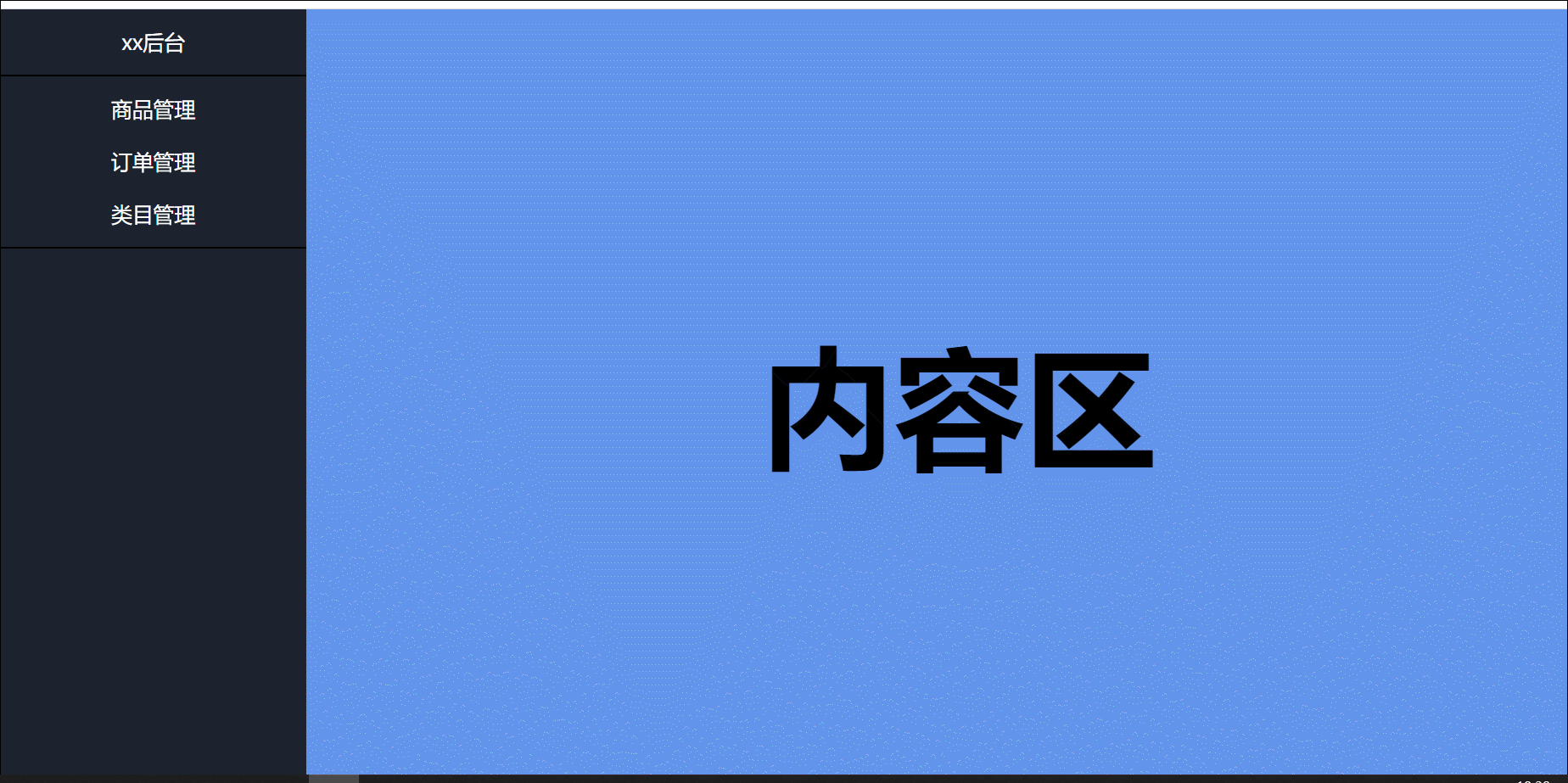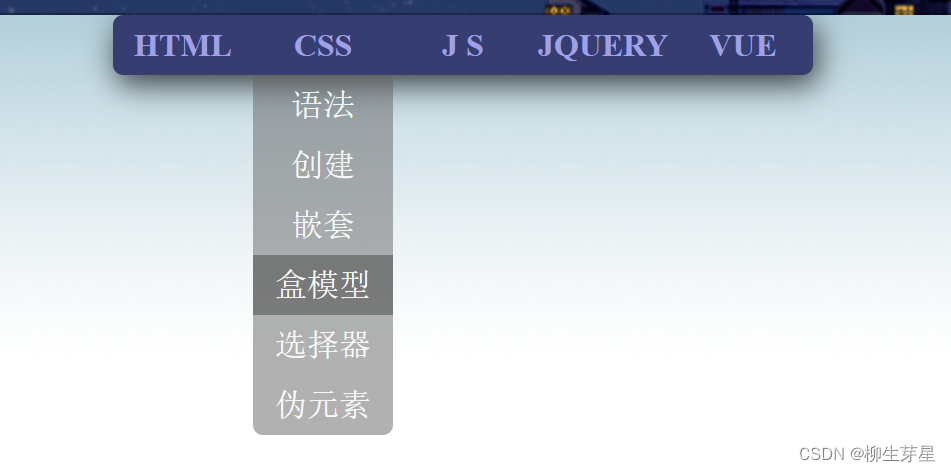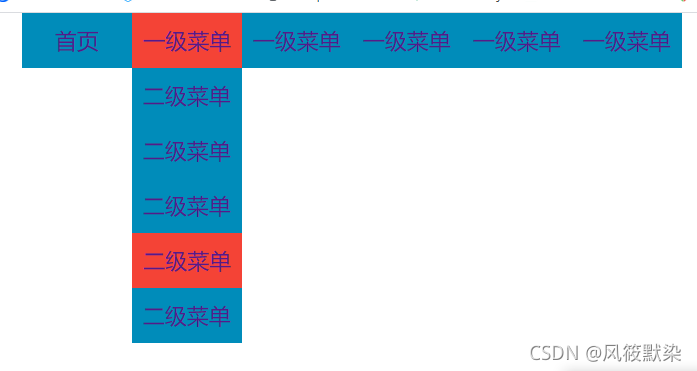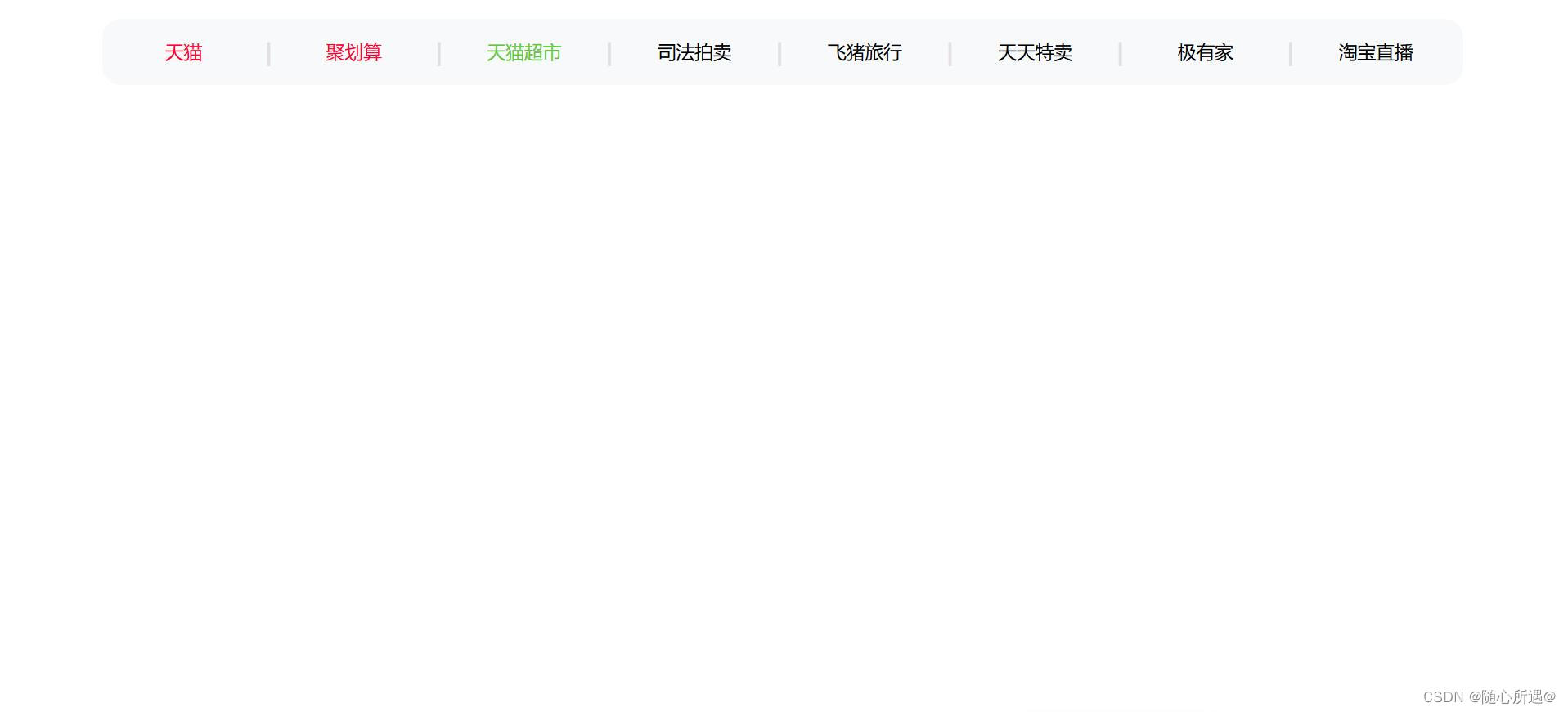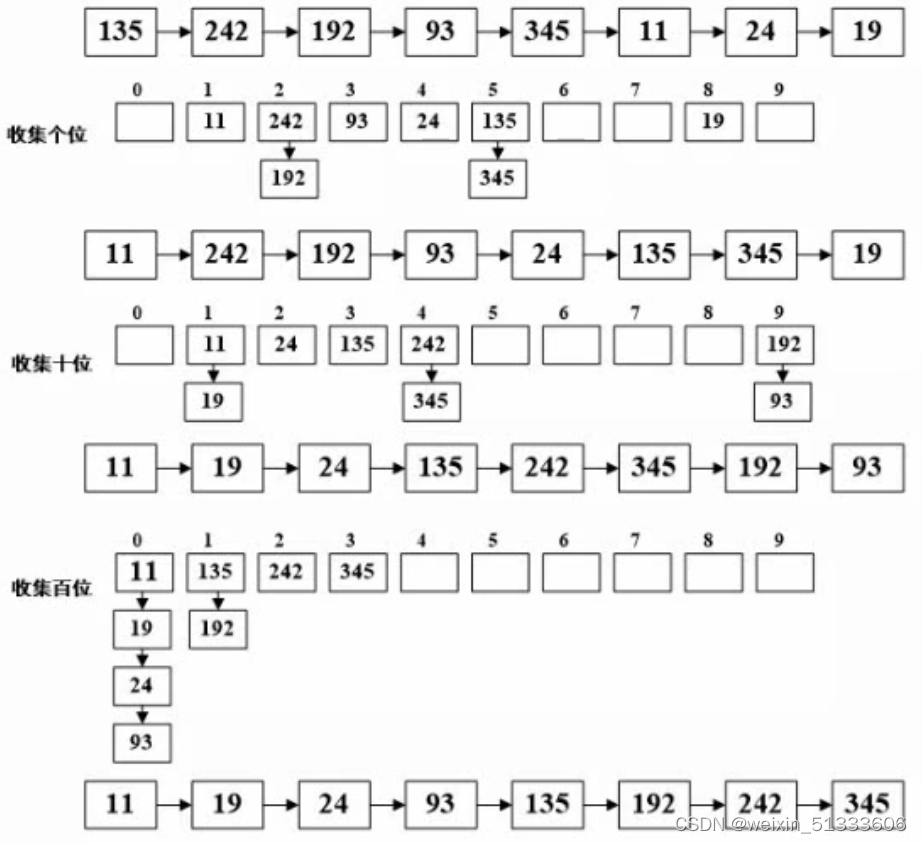以下内容是摘抄博客:https://www.runoob.com/css/css-navbar.html
设计导航窗口在左侧的显示如下:

代码部分则如下:
<!DOCTYPE html>
<html>
<head>
<meta charset="utf-8">
<title>菜鸟教程(runoob.com)</title>
<style>
body {margin: 0;
}ul {list-style-type: none;margin: 0;padding: 0;width: 25%;background-color: #f1f1f1;position: fixed;height: 100%;overflow: auto;
}li a {display: block;color: #000;padding: 8px 16px;text-decoration: none;
}li a.active {background-color: #4CAF50;color: white;
}li a:hover:not(.active) {background-color: #555;color: white;
}
</style>
</head>
<body><ul><li><a class="active" href="#home">主页</a></li><li><a href="#news">新闻</a></li><li><a href="#contact">联系</a></li><li><a href="#about">关于</a></li>
</ul><div style="margin-left:25%;padding:1px 16px;height:1000px;"><h2>Fixed Full-height Side Nav</h2><h3>Try to scroll this area, and see how the sidenav sticks to the page</h3><p>Notice that this div element has a left margin of 25%. This is because the side navigation is set to 25% width. If you remove the margin, the sidenav will overlay/sit on top of this div.</p><p>Also notice that we have set overflow:auto to sidenav. This will add a scrollbar when the sidenav is too long (for example if it has over 50 links inside of it).</p><p>Some text a..</p><p>Some text b..</p><p>Some text c..</p><p>Some text d..</p><p>Some text e..</p><p>Some text f..</p><p>Some text g..</p>
</div></body>
</html>
